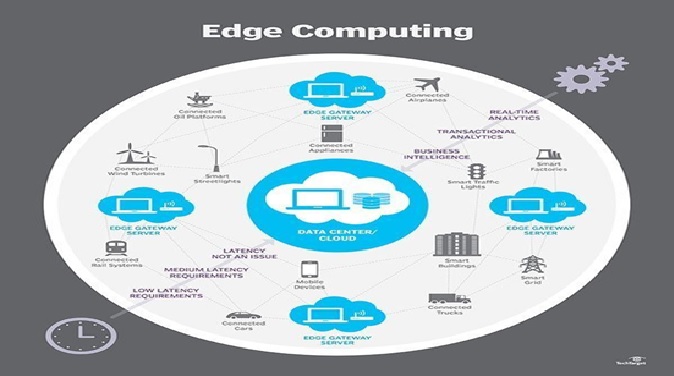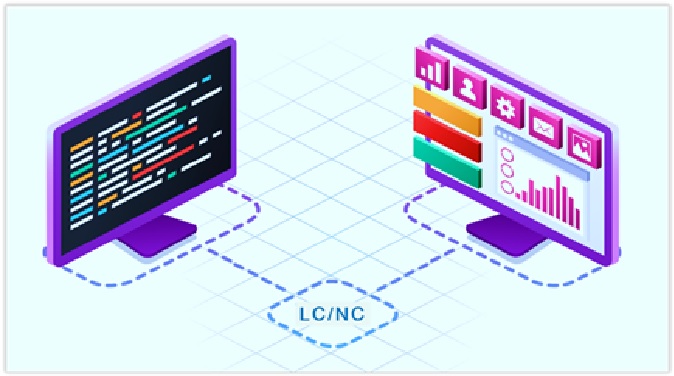Kubernetes
The key trend is the increased adoption of container orchestration platforms like Kubernetes and Docker. This technology enables large-scale deployments that are highly scalable and efficient. It is an extensible, open-source platform that runs applications from a single source while centrally managing the services and workloads. Kubernetes are rapidly evolving and will continue to be major players in cloud computing trends over the next few years.
Kubernetes is a portable, extensible, open-source platform for managing containerized workloads and services, that facilitates both declarative configuration and automation. It has a large, rapidly growing ecosystem. Kubernetes services, support, and tools are widely available.

Figure .1 Kubernetes
Figure 1 shows Kubernetes is an open-source system which allows you to run containers, manage them, automate deploys, scale deployments, create and configure ingresses, deploy stateless or stateful applications, and many other things. Basically, you can launch one or more instances and install Kubernetes to operate them as a Kubernetes cluster. Then get the API endpoint of the Kubernetes cluster, configure (a tool for managing Kubernetes clusters) and Kubernetes is ready to serve.
Kubernetes is an open-source platform for automating deployment, scaling, and management of containerized applications.
Here are some key aspects of Kubernetes:
- Container orchestration:Kubernetes automates the deployment and scaling of containerized applications, such as Docker containers, across a cluster of nodes. It provides a single platform to manage the entire container lifecycle, including deployment, scaling, and rolling updates.
- Scalability and high availability:Kubernetes allow you to scale your applications up or down based on demand, ensuring that your application can handle a high volume of traffic. It also provides high availability by automatically restarting containers that fail or are unhealthy.
- Resource optimization: Kubernetes optimizes resource utilization by allocating resources to containers based on their needs and usage patterns. This helps to reduce costs and improve performance by ensuring that resources are utilized efficiently.
- Self-healing: Kubernetes automatically detects and replaces failed containers, ensuring that your application remains available even in the event of failures.
- Portability:Kubernetes provides a consistent platform for deploying and managing applications, regardless of the underlying infrastructure. This enables you to run your applications on-premises or in the cloud, and switch between cloud providers with minimal changes to your application code.
Overall, Kubernetes is a powerful tool for managing containerized applications at scale, providing automation, scalability, and high availability.
References:
- https://www.analyticsinsight.net/top-10-cloud-computing-trends-to-look-out-for-in-2023/
- https://kubernetes.io/docs/concepts/overview/
- https://www.toptal.com/kubernetes/what-is-kubernetes
Cite this article:
Janani R (2023),Kubernetes, Anatechmaz, pp.66















